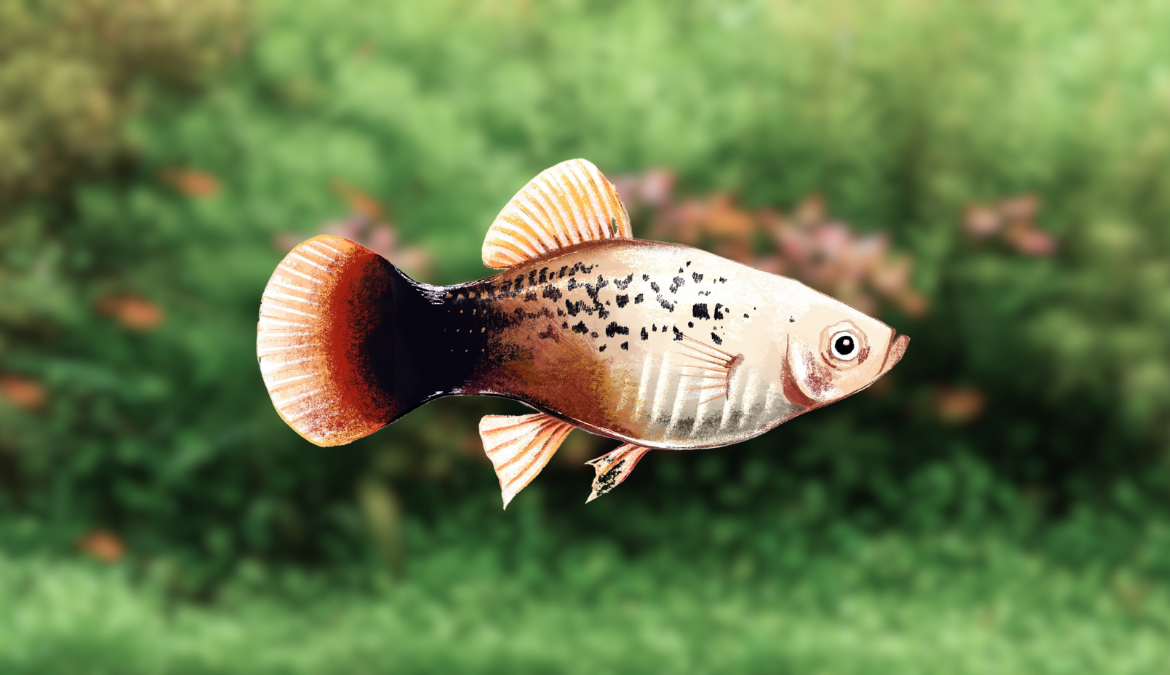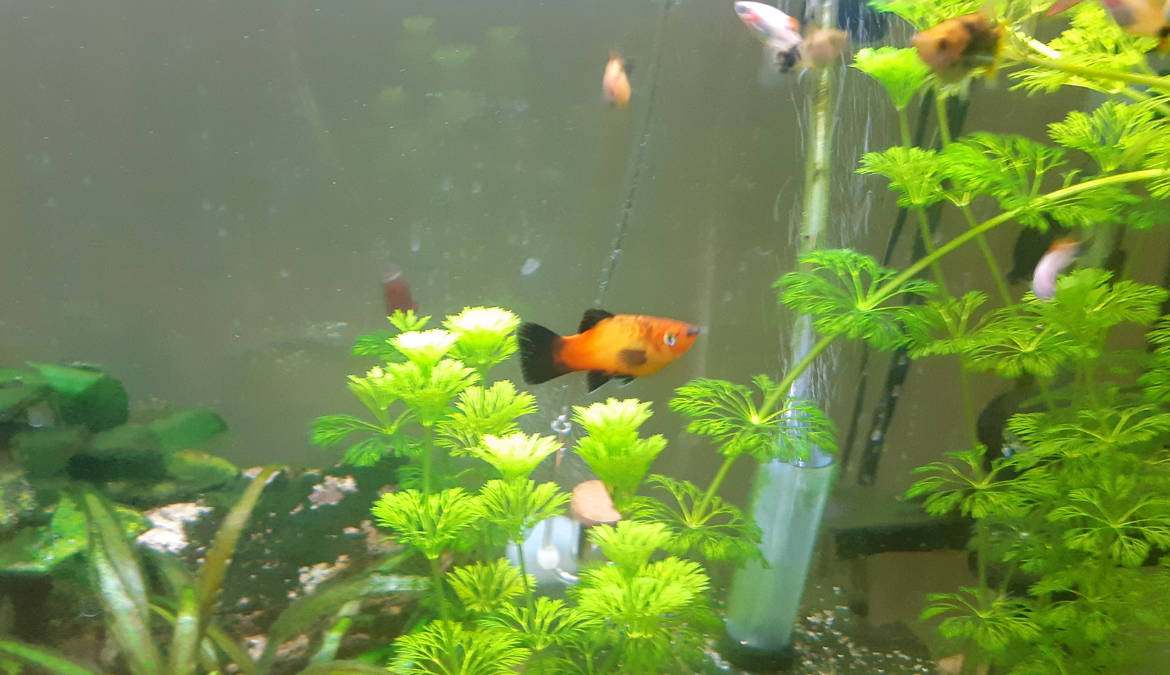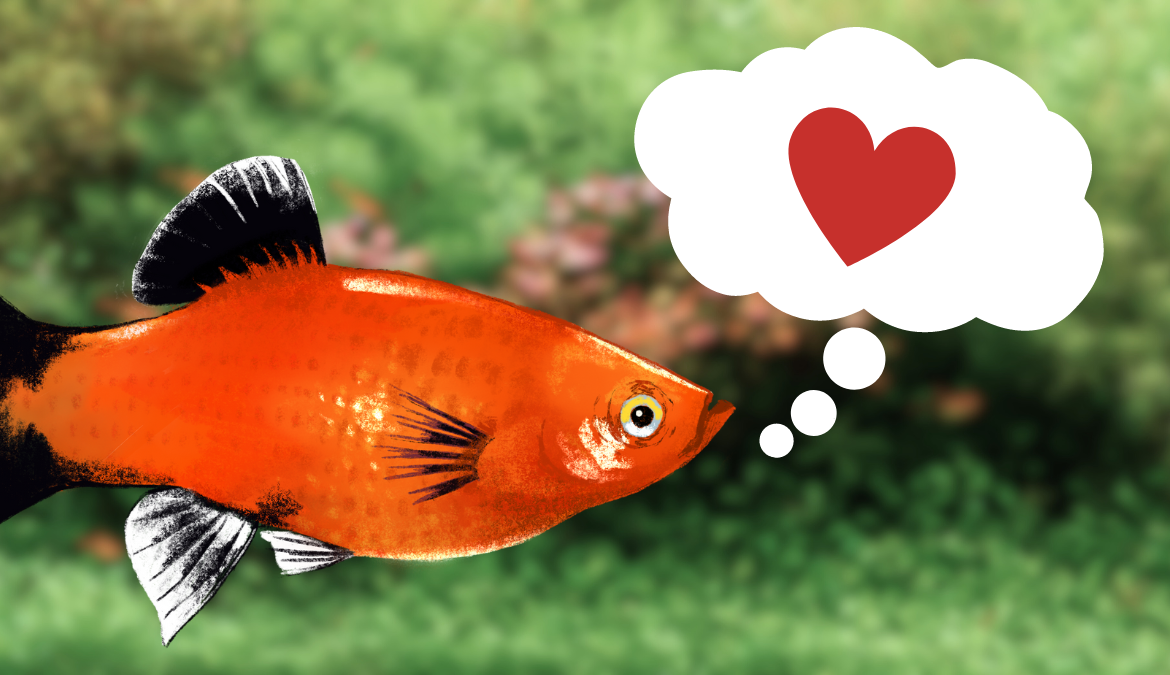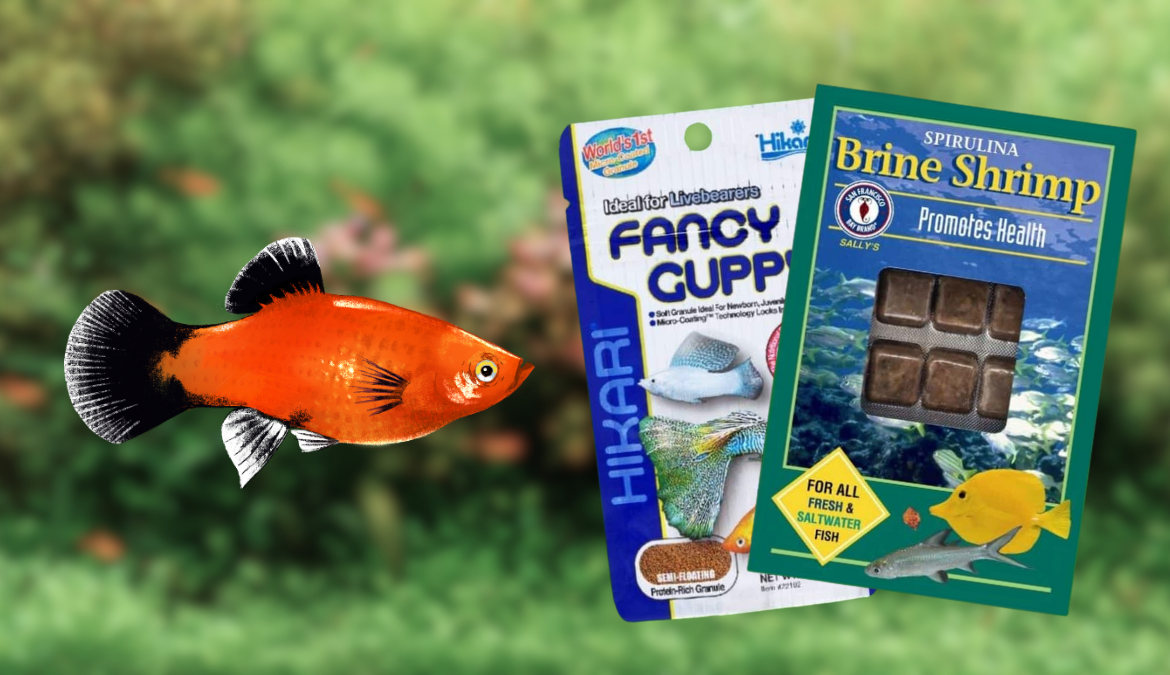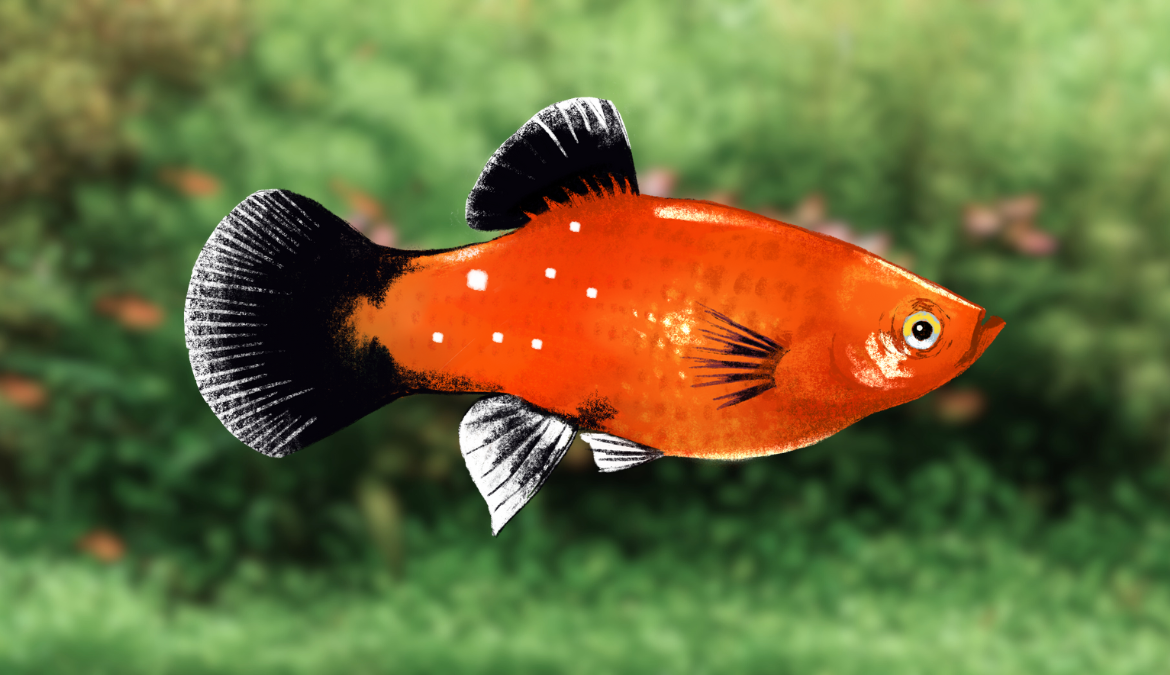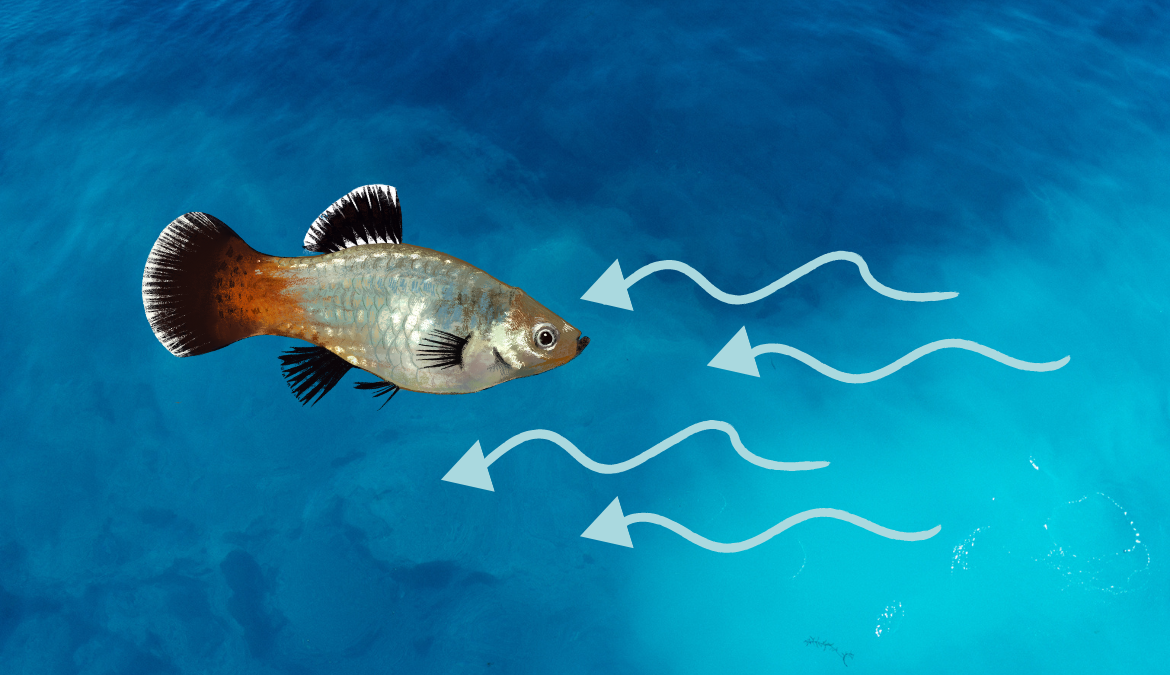A balanced diet with protein and plenty of vegetables will improve platy growth, color, reproduction, skeletal strength, immunity and decrease the risk of disease. Achieve this with a high-quality flake or pellet staple food, supplemented a few times per week with live foods, frozen foods and blanched vegetables.
Here are some more details about platy diets and the important health consequences that might occur as a result of improper nutrition.
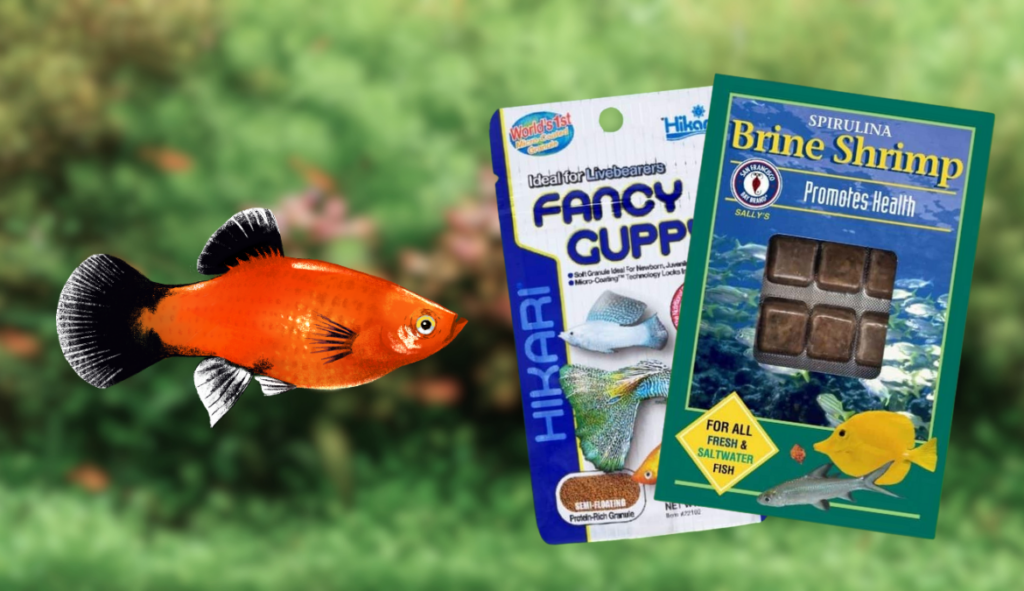
Contents
- 1 Introduction to Platy Fish Diet
- 2 Importance of a Balanced Diet for Platy Fish
- 3 What are the consequences to a poor platy diet?
- 4 Recommended Diet for Platy Fish: Types of Foods
- 5 Feeding Frequency and Quantity
- 6 Dietary Impact on Platy Fish Health
- 7 Dietary Impact on Platy Fish Growth
- 8 Dietary Impact on Platy Fish Breeding
- 9 Special Considerations for Breeding Platy Fish
- 10 Signs of Dietary Problems in Platy Fish
- 11 Correcting Dietary Problems in Platy Fish
- 12 Impact of Overfeeding on Platy Fish Health, Growth, and Breeding
- 13 The Role of Live Plants in Platy Diet
Introduction to Platy Fish Diet
Platy fish are omnivorous by nature, which means their diet consists of both plant matter and small aquatic organisms. They thrive best on a diverse diet that includes both commercial food and a range of live or frozen foods.
A diet that replicates their natural feeding habits not only supports their physical health but also stimulates their natural behaviors, contributing to their overall wellbeing.
To understand the implications of a platy’s diet, one must understand the basics of platy fish care. Nutrition is just one aspect of care; however, it’s interrelated with many other aspects of their living conditions.
Importance of a Balanced Diet for Platy Fish
Fish like platy fish require a balanced diet that includes proteins, carbohydrates, and fats, the three main macronutrients.
They also need several micronutrients, including vitamins and minerals.
Here is a general breakdown of these nutritional requirements:
- Proteins: Proteins are vital for fish health as they are the building blocks of cells. They help in growth, repair of damaged tissues, and reproductive health. The diet of a platy fish should contain around 40-50% protein.
- Carbohydrates: While not as essential for fish as they are for mammals, carbohydrates still provide an energy source for platy fish. However, they should be limited to about 15-25% of the diet to prevent obesity and other health issues.
- Fats: Fats are an excellent energy source for fish. They’re also crucial for cell structure and function, as well as for absorbing fat-soluble vitamins. Fats should make up about 15-25% of a platy fish’s diet.
As for the micronutrients, these include:
- Vitamins: Vitamins are essential for various bodily functions. For example, vitamin A is crucial for growth and development, vitamin C is important for immune function and collagen synthesis, and vitamin E is an important antioxidant that helps protect cells from damage.
- Minerals: Minerals like calcium, phosphorus, and magnesium are necessary for bone development, nerve function, and energy production.
- Trace elements: These include elements like zinc, copper, and selenium. These elements are involved in many metabolic processes, including the synthesis of proteins and DNA, and they also act as cofactors for many enzymes.
It’s important to provide a varied diet that includes high-quality fish flakes or pellets, supplemented with fresh, frozen, or freeze-dried foods. The latter can include brine shrimp, daphnia, and bloodworms.
These varied sources help ensure that the fish is getting all the necessary nutrients.
Consider the human diet, for example, where a lack of balance or deficiencies can lead to various health issues. Similarly, platy fish depend on their diet to provide the necessary nutrition.
A well-rounded diet is particularly critical for juveniles, who need an assortment of nutrients for growth, and for pregnant platies, who require additional nourishment.
What are the consequences to a poor platy diet?
Poor diet and nutrient deficiencies can have several negative effects on platy fish. These can vary depending on the specific nutrient that’s lacking, but here are some general consequences and symptoms:
- Slowed Growth: If a platy fish isn’t getting enough protein, it can result in slowed growth. Protein is crucial for growth and repair of tissues.
- Loss of Color: Fish derive their coloration from the pigments found in their food. A diet deficient in the necessary nutrients can result in faded or less vibrant colors.
- Decreased Immunity: A lack of essential nutrients can weaken a fish’s immune system, making it more susceptible to diseases and infections.
- Poor Reproductive Health: Certain nutrients are essential for the reproduction process. For example, a lack of protein can reduce fertility in both male and female fish.
- Fatigue: Lack of necessary nutrients like carbohydrates and fats can result in lethargy or inactivity in your fish.
- Skeletal Issues: Deficiencies in certain minerals like calcium and phosphorus can lead to skeletal issues. This can manifest as deformities or weakened bone structure.
- Vitamin Deficiency Diseases: These can include conditions such as scurvy (vitamin C deficiency), which can cause issues like loss of appetite, slow growth, and hemorrhaging. Vitamin A deficiency can cause problems like poor growth, skin lesions, and reproductive issues.
If you notice any of these symptoms in your platy fish, it’s crucial to address the issue immediately. Adjusting their diet to ensure it’s well-balanced and nutritionally complete can often help.
If symptoms persist, it might be necessary to consult with a vet or a fish health specialist to address any underlying health issues.
Recommended Diet for Platy Fish: Types of Foods
Platies are versatile eaters. They can consume a variety of food types, such as flake food, live food, frozen food, and vegetables.
Commercial flake and pellet foods are generally preferred as they are specifically formulated to provide a balanced diet. They are easily available and come fortified with essential nutrients.
Look for high-quality foods that have a variety of protein sources listed as the first ingredients.
My current favorite is Hikari Fancy Guppy pellets, which contain the following protein sources:
- Fish Meal – Fish meal is a high-quality protein source that is made from the bones and offal leftover from fish processing. It provides essential amino acids for growth and development. It is considered healthy and essential for most fish.
- Soybean Meal – This is a plant-based protein source and is made from ground soybeans. It provides essential amino acids but lacks certain nutrients present in animal proteins. It’s a generally healthy ingredient in moderation.
- Krill Meal – Krill meal is made from small crustaceans known as krill. It’s a great source of protein, omega-3 fatty acids, and the antioxidant astaxanthin, which helps enhance fish coloration. It is considered a high-quality ingredient.
Importantly, it also contains a variety of healthy vegetables such as:
- Soybean Meal – This is a plant-based protein source and is made from ground soybeans. It provides essential amino acids but lacks certain nutrients present in animal proteins. It’s a generally healthy ingredient in moderation.
- Dried Seaweed Meal – This is made from dried and ground seaweed. It’s a great source of fiber, vitamins, and minerals. It’s a healthy and beneficial ingredient for most fish, especially herbivores.
- Garlic – Garlic is believed to have health benefits, including anti-parasitic properties. It can also stimulate appetite in fish. It’s considered a healthy ingredient.
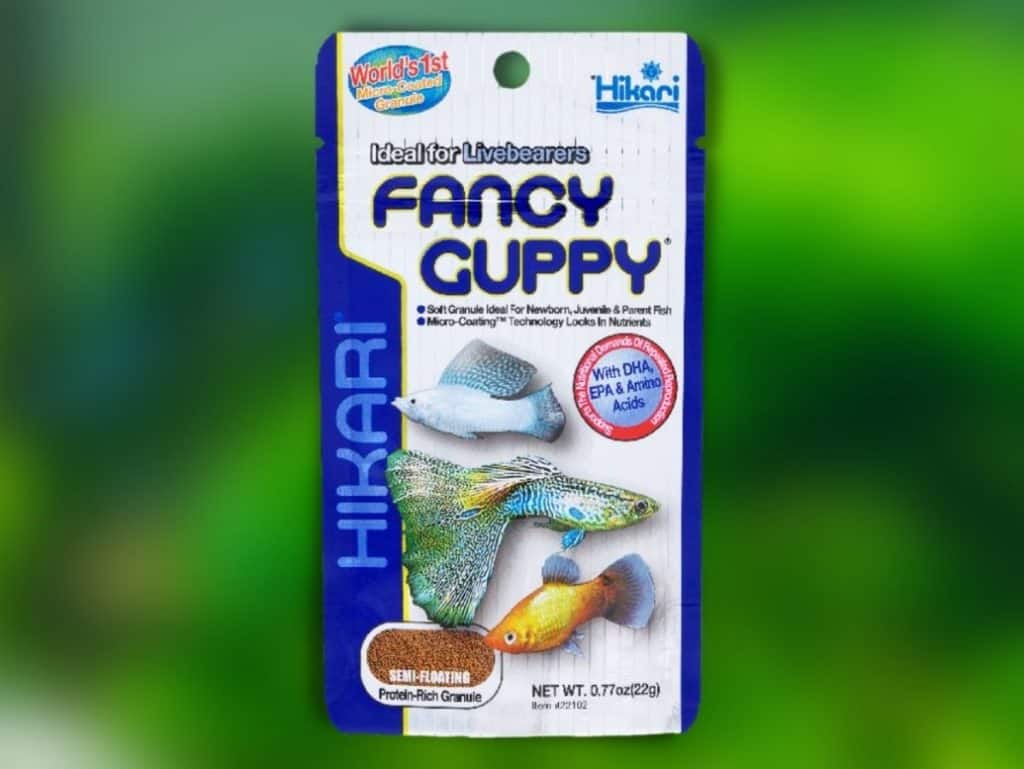
Live foods, like brine shrimp, daphnia, and bloodworms, are another great addition to a platy’s diet.
They provide an excellent source of protein and can stimulate natural hunting behavior. However, live foods should be introduced cautiously, as they can sometimes carry diseases.
Alternatively, you might consider feeding frozen brine shrimp, bloodworms, or daphnia.
One of my favorites is San Fransisco Bay Brand Brine Shrimp with spirulina, which is a type of blue-green algae comprised of about 60-70% protein by dry weight. This makes it a fantastic source of protein for fish.
It’s also known to contain a variety of vitamins, minerals, antioxidants and cartenoids (which help improve the color of your fish!).
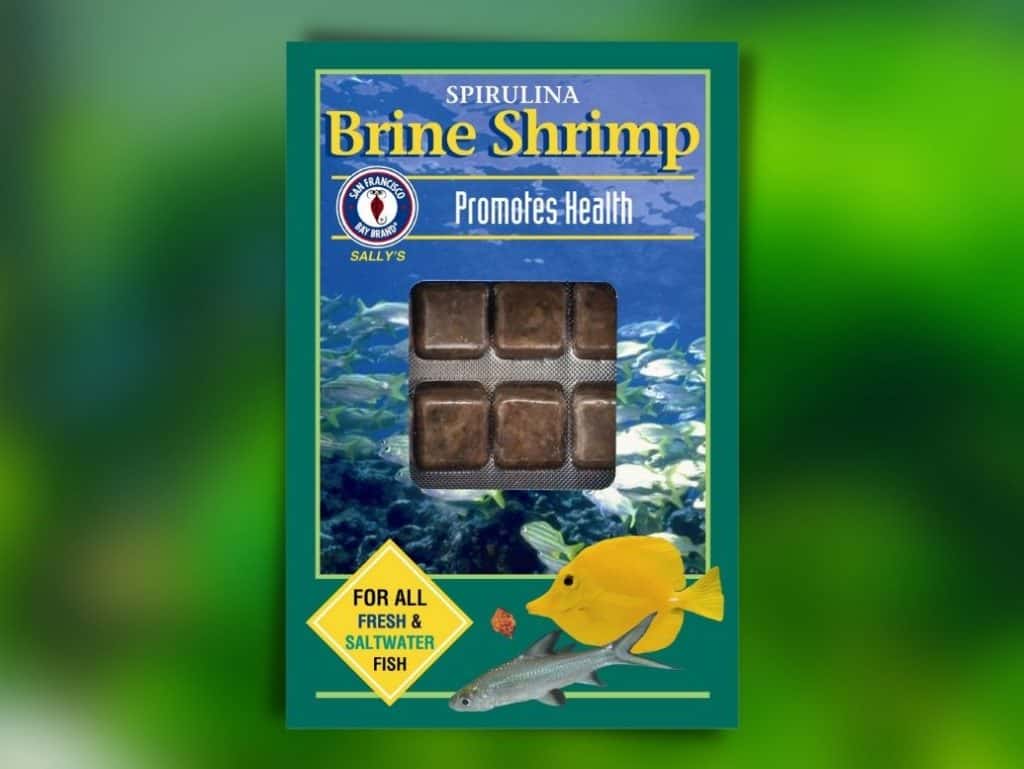
Frozen foods can be a safer alternative to live foods while still providing the same nutrients. They are also a fantastic way to offer dietary variety.
Fresh, blanched vegetables can provide your platies with a source of essential fiber. Try incorporating spinach, peas, or zucchini into their diet occasionally.
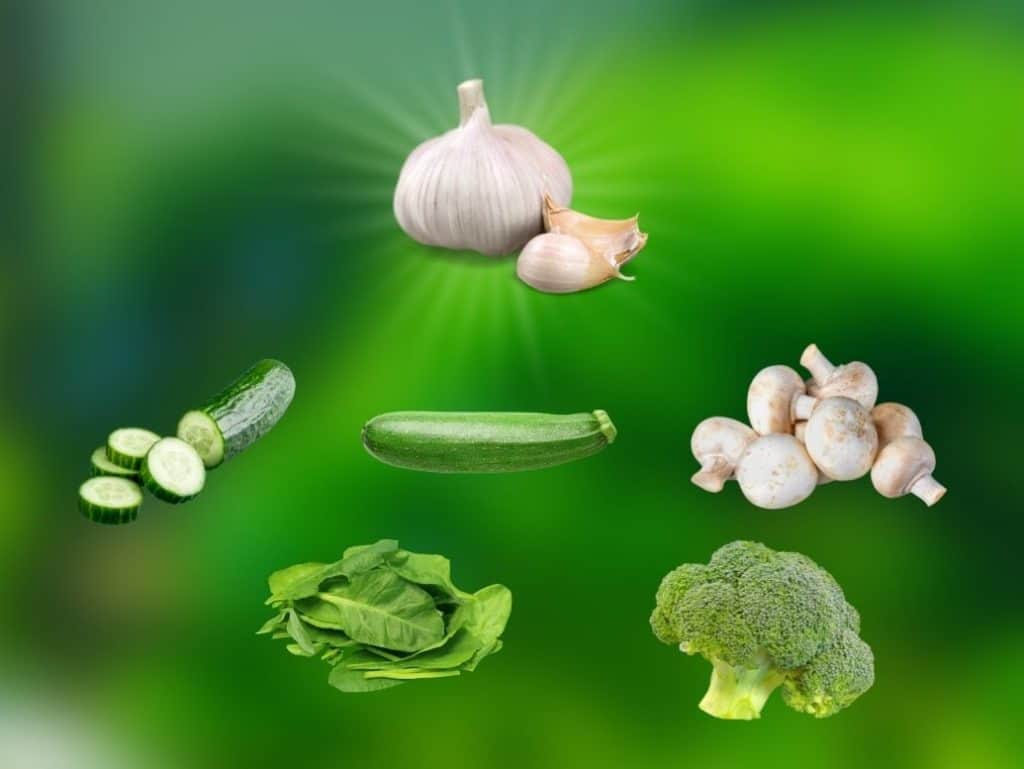
Feeding Frequency and Quantity
Determining the right feeding frequency and quantity is just as important as choosing the correct types of food. Overfeeding or underfeeding can both have negative impacts on your platy’s health and the tank’s water quality.
It’s generally recommended to feed platies small amounts of food once per day.
The portion should be such that it gets consumed within a few minutes. Remember, leftover food that settles at the bottom of the tank can decay, causing harmful changes to the water parameters.
Dietary Impact on Platy Fish Health
The correlation between diet and health is significant in platies. Good nutrition strengthens their immune system, making them resilient against diseases.
For instance, protein plays a critical role in tissue repair and growth, while carbohydrates provide them with the energy they need for daily activities. Similarly, vitamins and minerals contribute to maintaining their metabolic functions.
Poor nutrition can lead to health problems, such as weakened immunity, leading to a higher susceptibility to diseases. Therefore, regular monitoring of their diet is necessary to ensure their wellbeing.
Dietary Impact on Platy Fish Growth
Growth is a direct reflection of a platy fish’s health and the quality of care they receive, including their diet. Optimal nutrition from a young age ensures they reach their full potential in size and coloration.
Young platies require a higher protein diet to support their rapid growth phase. They also need a mix of other nutrients, like carbohydrates and fats, for energy and overall development.
An inadequate diet can result in stunted growth and faded coloration. Keep in mind, though, that while diet is a significant factor, growth also depends on other factors like genetics and the overall care they receive.
Dietary Impact on Platy Fish Breeding
Diet plays a vital role in successful breeding among platy fish. Ensuring that your platies receive a balanced and nutritious diet can significantly improve their breeding performance.
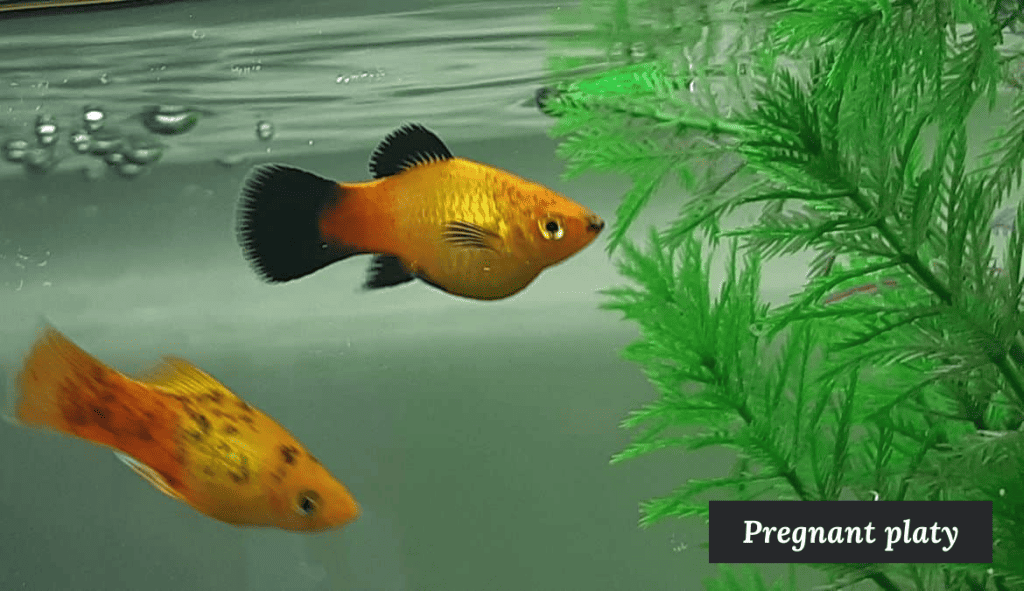
When preparing platies for breeding, increase their intake of high-protein foods, such as brine shrimp and bloodworms. Proteins help in the production of healthy eggs and robust fry.
Special Considerations for Breeding Platy Fish
There are a few more points to consider when it comes to the diet of breeding platies.
Firstly, make sure there is an adequate supply of food for newborn fry.
Infusoria, a type of microorganism found in tank water, serves as a primary food source for many fry. Alternatively, crushed flake food or specially designed fry food can also be used.
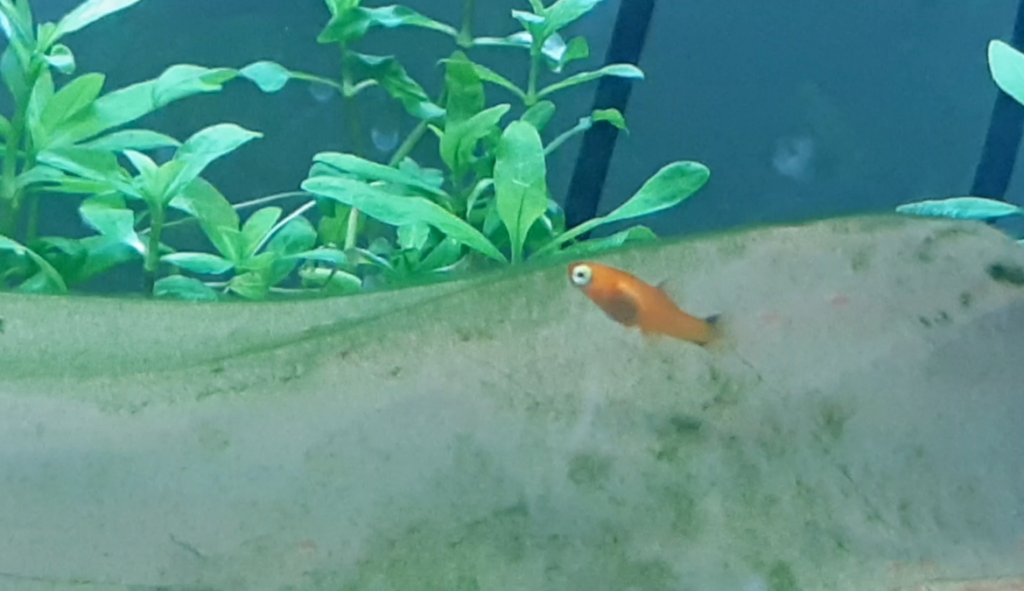
Secondly, consider separating the mother from the main tank during the birthing period. This move reduces the risk of the adult fish eating the newborn fry, a common issue with livebearers.
Don’t forget to keep the same quality of care for the mother during this period, as stress can have adverse effects.
Finally, once the fry are large enough, gradually introduce them to the same diet as the adult platies. This transition will help them adjust to their future diet.
Signs of Dietary Problems in Platy Fish
Understanding the signs of dietary issues can help in early detection and rectification. Here are some signs that your platy’s diet might need adjustments:
- Lack of Appetite: A sudden change in your platy’s eating habits, particularly loss of appetite, might indicate a problem.
- Irregular Swimming Patterns: If your platy is having difficulty swimming or is less active, it may be due to nutritional deficiencies.
- Physical Changes: Signs such as faded coloration, weight loss, or protruding eyes could indicate nutritional problems.
- Behavioral Changes: Unusual behaviors, like rubbing against objects or persistent hiding, can also be due to poor nutrition.
Remember, any abrupt change in your platy’s behavior or appearance warrants a closer look into their diet and potentially, their overall care routine.
Correcting Dietary Problems in Platy Fish
If you notice any of the signs mentioned above, it’s time to reassess your platy’s diet. You may need to adjust the types of food, feeding frequency, or portion sizes.
When making changes, do so gradually to avoid stressing the fish. If the symptoms persist, consider seeking advice from a fish veterinarian or an experienced aquarist.
Remember that maintaining a balanced and nutritious diet is an ongoing process that requires vigilance and consistency. Your efforts will pay off in the form of a vibrant, healthy, and active platy fish population in your tank.
Impact of Overfeeding on Platy Fish Health, Growth, and Breeding
Overfeeding is a common issue that can harm platy fish health and breeding. It can lead to obesity, poor water quality, and even death.
Consequences of Overfeeding
Poor Water Quality: Overfeeding can degrade water quality. Uneaten food particles decay, increasing the ammonia and nitrate levels, which can be harmful, even fatal to platies.
Obesity: Like all organisms, platies can become obese from consuming too much food, leading to health issues and reduced life span.
Blockage: Excessive food intake can also cause digestive blockages. This issue is particularly prevalent with dry foods, which expand after ingestion.
Breeding Difficulties: Overweight platies often face challenges breeding. Obesity can lead to decreased fertility and overall health, affecting the platies’ capacity to breed.
How to Avoid Overfeeding
Avoiding overfeeding is largely a matter of monitoring your fish and adjusting feeding routines as needed. A good rule of thumb is to feed your platy only what it can consume in two to three minutes and to do so once a day.
Always observe your fish during and after feeding. If you notice food remaining after feeding time, you are likely providing too much. Adjust the quantity appropriately for future feedings.
The Role of Live Plants in Platy Diet
While platy fish are largely omnivorous, they also appreciate a well-planted aquarium. Live plants not only provide occasional nibbles but also improve the overall environment within the tank.
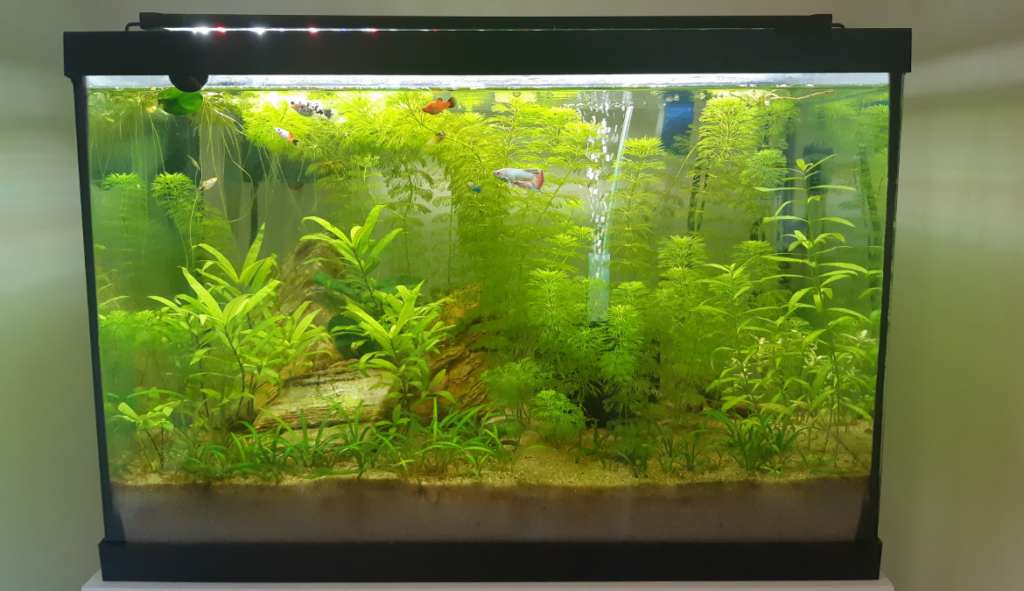
Live plants can serve as natural filters, absorbing harmful chemicals and providing oxygen. They also offer excellent hiding spots, essential for the well-being and stress reduction of platies.
Popular plant choices for a platy tank include Anubias, Java Fern, and Hornwort. Each of these plants is hardy, low-maintenance, and safe for platy fish.
However, ensure that live plants are not the only source of food for your platies. Balance their diet with a variety of foods to guarantee they receive all necessary nutrients.


